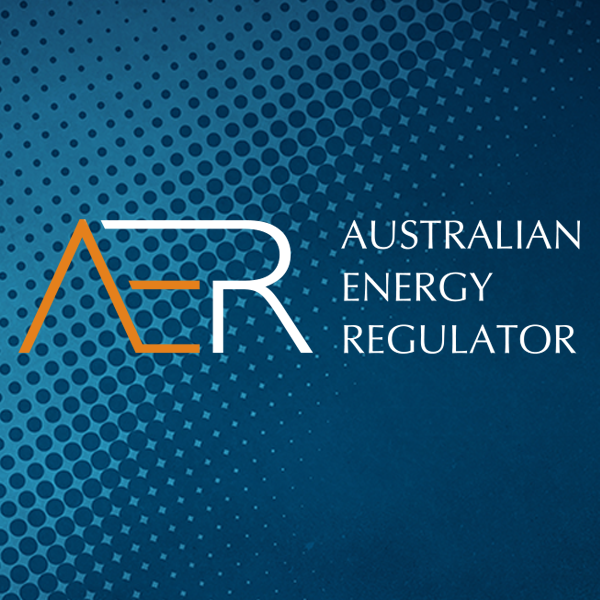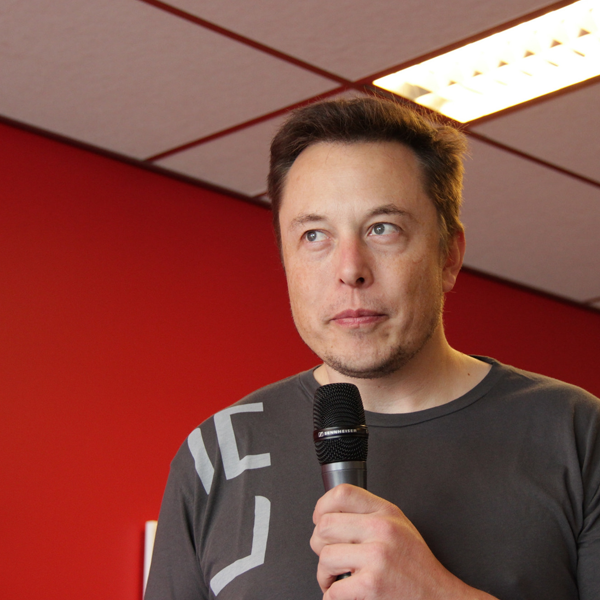Will we see any real savings from the government’s National Energy Guarantee?
In mid October, the federal government announced that they will be scrapping the Clean Energy Target (CET) proposed by Chief Scientist Alan Finkel, in favour of a new energy policy called the National Energy Guarantee (NEG). This is big news in the industry, after a tumultuous year and many months of indecision.
Under the proposed policy, power companies would have twin obligations imposed on them by the government.
- They would be required to get a certain amount of power from “reliable” sources – whether that be coal, gas, hydro, or batteries.
- They would also have to source another amount that was consistent with lowering emissions in line with Australia’s international commitments. Australia has signed up to reducing greenhouse gas emissions to 26–28% below 2005 levels by 2030.
The government is confident power bills will drop by $100 to $115 per year from about 2020 to 2030 for Australian households. However, to date no actual modelling outlining these claims has been released, so examining the forecasted price of electricity in 2020, which serves as the benchmark for the savings figure, is not possible. So best to take this with a grain of salt for now.
The NEG does certainly carry more credibility in delivering potential savings though when compared to Tony Abbott’s ridiculous claims back in 2013 that households would have been $550 better off by abolishing the carbon tax. By adopting many of the policy recommendations of the Finkel review, the policy should provide investment certainty as it essentially guarantees a strong market for dispatchable power. Investment certainty is what the industry has been crying out for over half a decade.
Image credit: Flickr








